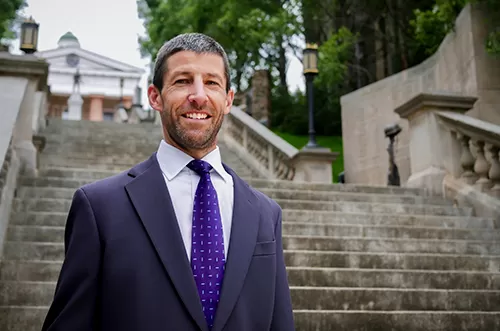Fluor Fed. Sols., LLC v. PAE Applied Techs., LLC, 2018 U.S. App. LEXIS 9148 (4th Cir. Apr. 12, 2018)
In 2000, PAE Applied Technologies, LLC (“PAE”) prepared a bid for an Air Force contract. To make its bid competitive, PAE requested that Fluor Federal Solutions, LLC (“Fluor”) and other subcontractors cap the rate of their General and Administration (“G&A”) costs at 2.3 percent of direct costs. PAE contended that Fluor agreed to do so, but Fluor asserted that it never agreed the 2.3 percent cap. Regardless, PAE submitted its final bid to the Air Force, using the reduced 2.3 percent G&A rate, and won the Air Force contract. Thereafter, PAE and Fluor entered into a subcontract (the “Subcontract”), which required Fluor to submit invoices every two weeks and for PAE to pay Fluor’s invoices within 30 days. In October of 2002, Fluor began billing PAE for work completed under the Subcontract. In January of 2004, Fluor began submitting invoices to PAE with G&A costs exceeding the 2.3 percent cap. PAE rejected the increased rate and continued to pay Fluor the amount due under the Subcontract rate. Intermittently over the years, Fluor complained about the G&A cap, but PAE continued to pay, and Fluor continued to accept, payment at the Subcontract G&A rate.
Twelve years later, in March of 2016, Fluor filed an action against PAE alleging that PAE breached the Subcontract by refusing to pay Fluor’s actual G&A costs. After a three-day bench trial, the district court found the Subcontract ambiguous and, relying on parol evidence, concluded that Fluor and PAE had agreed to the G&A cap and entered judgment for PAE. The Fourth Circuit Court of appeals affirmed the district court, but on the grounds that Fluor’s cause of action was barred by Virginia’s statute of limitations.
Under Virginia law, an action for breach of a written contract must be brought within five years after the cause of action accrues. Va. Code § 8.01-246(2). The limitations period begins to run when the breach of contract occurs. Va. Code § 8.01-230. In cases where the alleged breach spans an extended period of time, courts distinguish between acts that constitute a “series of separate breaches” and acts that constitute a “single continuous breach.” A “series of separate breaches” occurs when wrongful acts occur at intervals. For a “series of separate breaches,” each occurrence inflicts a new injury and gives rise to a new separate cause of action. A “single continuous breach” occurs when the wrongful act is of a permanent nature and produces all the damages which can ever result from it. The limitations period for a “single continuous breach” runs from the inception of the breach, even when the breach continues for years. The Fourth Circuit determined that PAE’s rejection of Fluor’s request for G&A costs at a rate higher than 2.3 percent was a “single continuous breach” (if it was actually a breach) that began in January of 2004 and continued for the next twelve years. Because Virginia’s five-year statute of limitations began running in January of 2004, Fluor’s cause of action was time barred.




